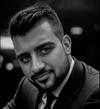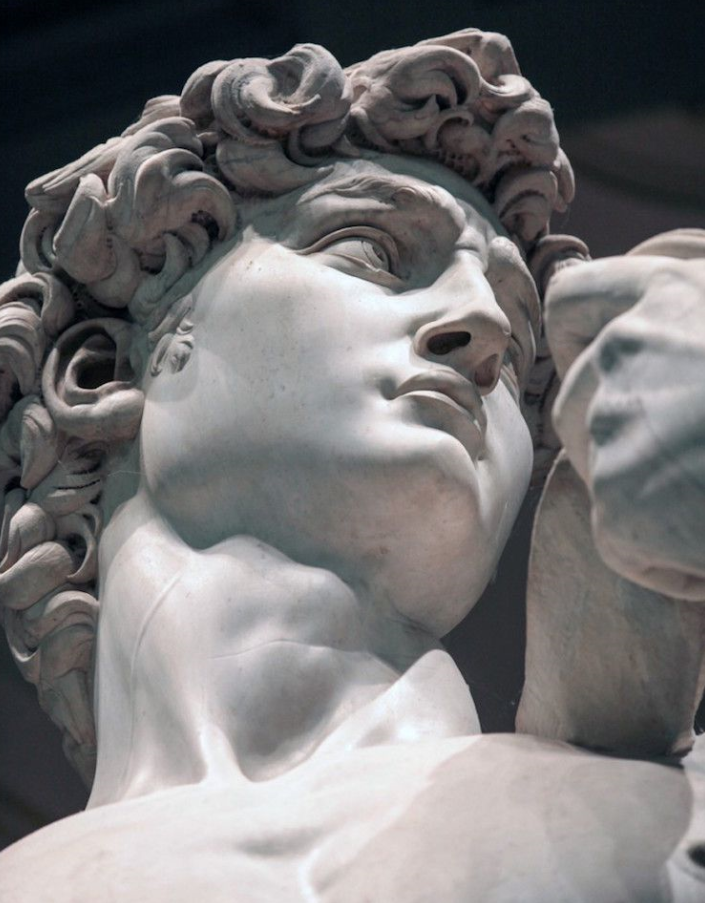The city of Florence was the point of turning ignorance into science and darkness into light, led by its ruler Lorenzo Medici who recorded the most wonderful artistic and intellectual victories, which made Florence, as they say, "successor of athena in Europe". the new intellectual revival of Greek and Roman heritage was launched with a touch of Florentine artists and scholars such as Bramante, Michelangelo, Leonardo Da Vinci and Raphael who led this movement with all its creativity and beauty, to make Florence the center of this movement that affected Europe this great influence.
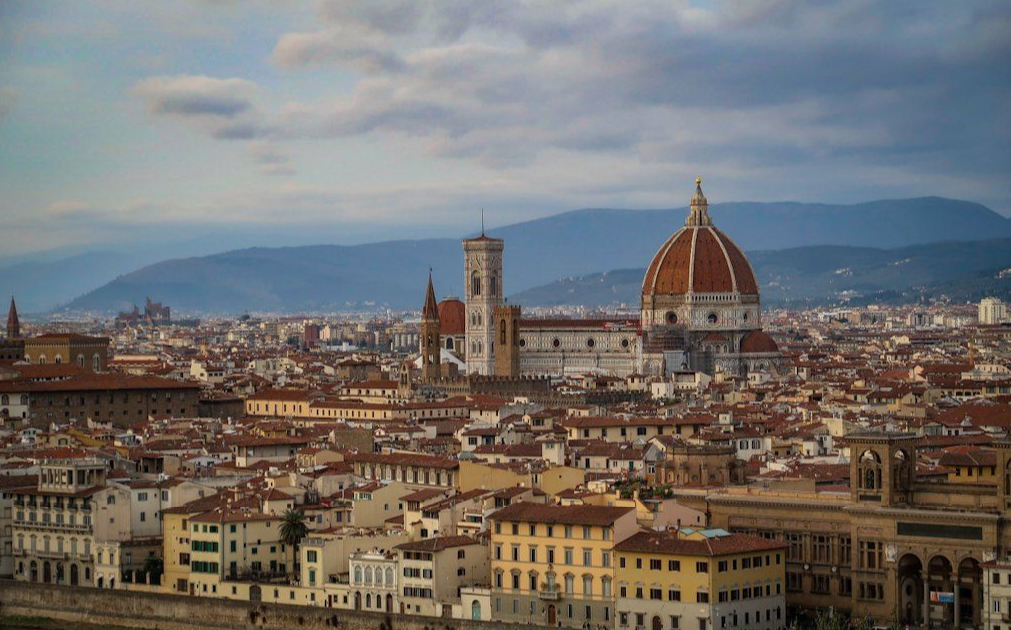
Florence and the Medici family
The Renaissance began in the fourteenth century in Florence, and there has always been a long debate about why the history of the Renaissance began in Florence and not elsewhere in Italy. Scientists have noted many unique features of cultural life in Florence that have caused such a cultural movement. Many have emphasized the role the Medici family has played in supporting and revitalizing the arts, and Lorenzo de 'Medici has supported and nurtured artists such as Leonardo Da Vinci and Filipino.
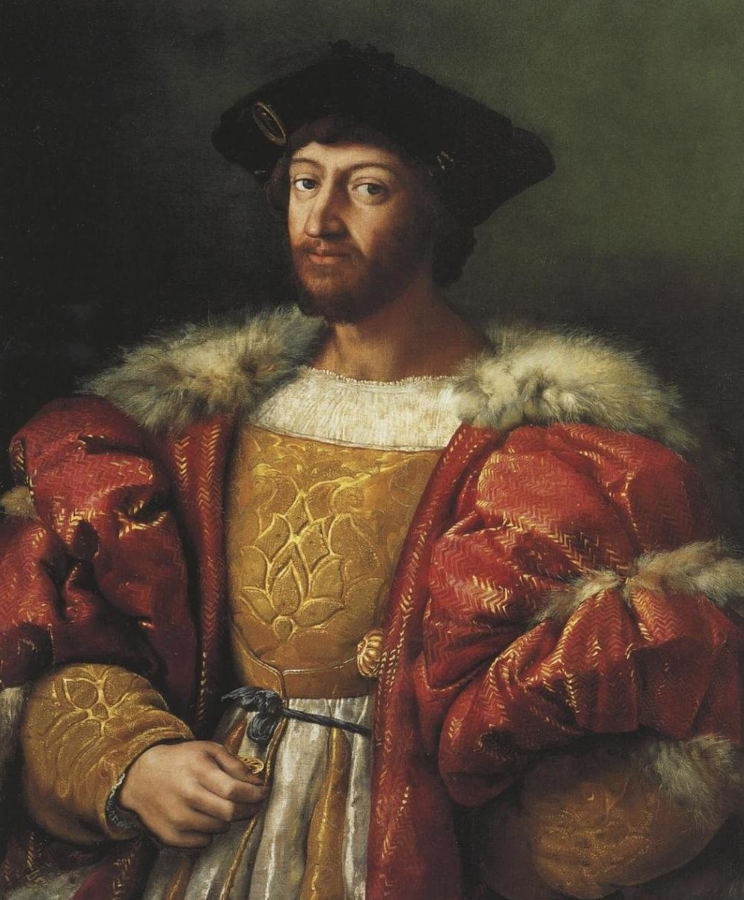
At the heart of the Renaissance, this era was a movement devoted to the rediscovery and use of classical knowledge, that is, human knowledge from ancient Greek and Roman times.
"Literally, the term Renaissance means the revival of"
The ideas that characterize Renaissance history originated in the late thirteenth century in Florence, especially in the writings of Dante Alighieri and Francesco Petrarch, as well as the drawings of Giotto de Bondon,Some scholars believe that the beginning of this era was in the year 1401 AD, when the genius of Lorenzo Giberetti and Filippo Brunelleschi competed for the contract to build the bronze doors of Florence Cathedral, which was the share of Gibberti.
Human renaissance
The human renaissance was an awakening in the study of classical antiquity as it began in Italy and then spread to Western Europe in the fourth, fifteenth and sixteenth centuries, the term humanity was contemporary to that period while the term human renaissance was used to distinguish subsequent human developments, and humanity sought to create citizens who were able to speak and write eloquently and clarity and thus their ability to engage in civil life in their societies and to urge others to rational and effective behavior.
The height of art in the Renaissance The peak of art in the history of the Renaissance, which lasted for approximately 35 years from the nineties of the fifteenth century until 1527 AD, this period was about three prominent personalities, namely Leonardo Da Vinci, Michael Angelo and Raphael, and each of them embodied an important aspect of This period, Leonardo Da Vinci was the absolute Renaissance man, Michael Angelo unleashed the creative force, and Raphael created works expressing the harmonious classical spirit, and although Leonardo was known for his era as a great artist, his ongoing research in anatomy, the nature of flying and the structure of plant and animal life has not left It only takes a little time to draw.
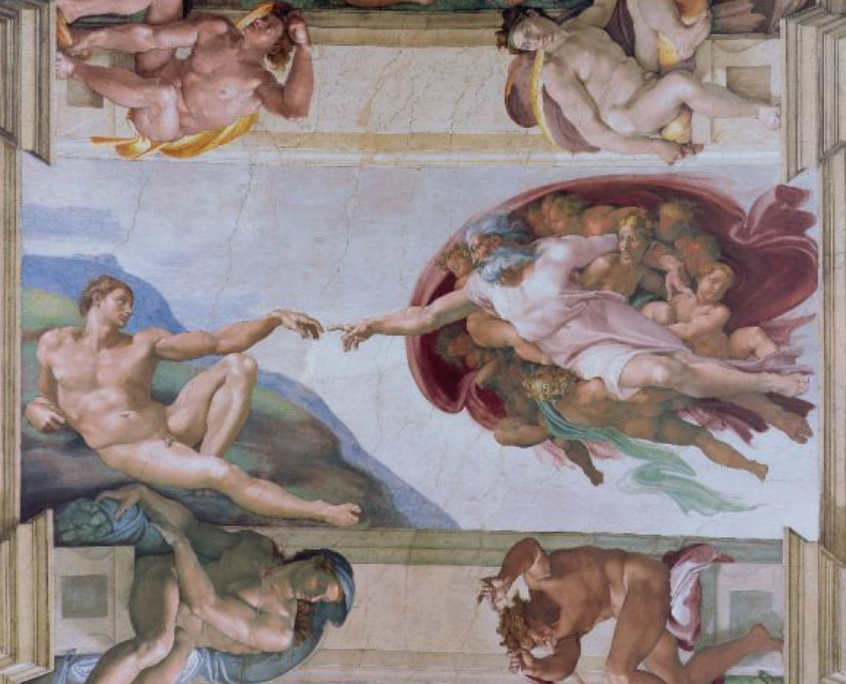
Nevertheless, his works remained on display of his creativity, in addition to the Mona Lisa in the Louvre Museum and the Virgin of the Rocks painting and the last dinner plate that was painted on the wall, for Michael Angelo his early sculptures such as Beata and David reveal an exciting and harmonious technique, and although Michael Angelo was looking at He was a sculptor, but his most famous work was the ceiling painting of the Sistine Temple, in which he merged traditional Christian theology with modern Platonic thought, and one of the greatest works of the Renaissance was also the painting of the school of Athena Raphael which was painted in the Vatican at the same time as Michelangelo working in the Sistine Temple, Rafael put a group of philosophers and artists in his painting speaking quietly in a large court .
The most prominent Renaissance artists
Renaissance artists had the greatest influence on this movement. They made many sacrifices for the success of this movement in Florence and the rest of Italy.
Among the most prominent of these artists are:
The most famous and important artists of Italy in the European Renaissance. He was a painter, scientist, sculptor and architect, whose diversity of accomplishments and talents is due to his constant passion for knowledge and practical curiosity. His influence on Italian art extended even after his death.
Da Vinci developed a lot of art of photography, and the techniques of color and light on his hands reached an advanced stage, in which he was able to convert the colored dyes into living visuals. Some of his most famous paintings are The Mona Lisa and The Last Supper. This is apart from engineering, military, medical, and other achievements that we talked about in a previous article.
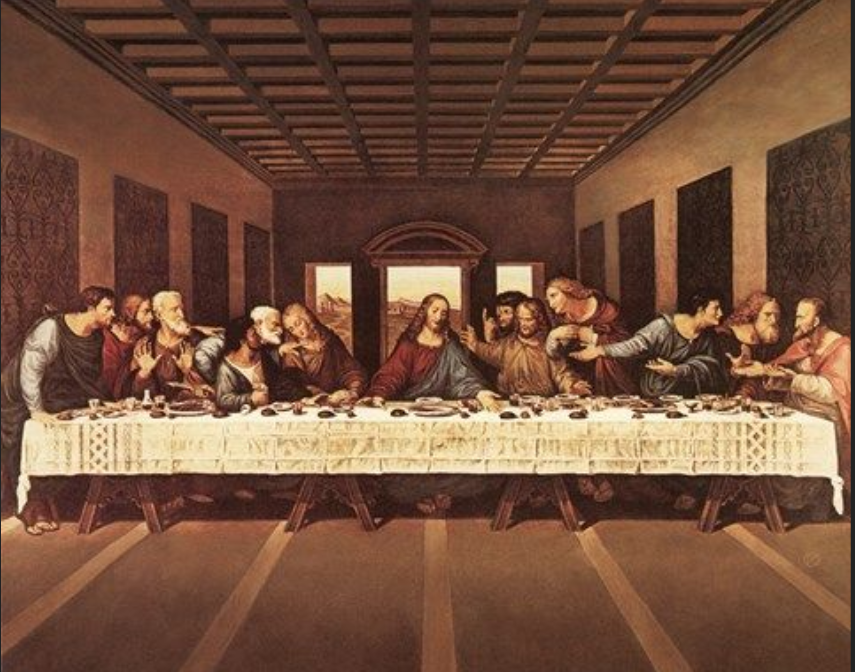
2-Michael Angelo
Italian sculptor, painter, architect and poet. The human body was the center of his artwork. He believed that the source of the art was the internal sensations, which result from the artist's influence on the surrounding environment.
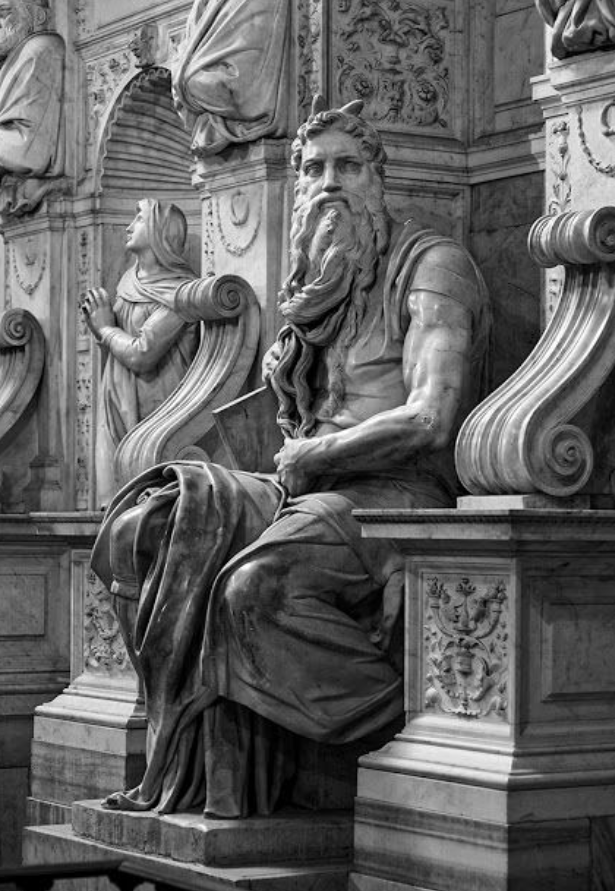
His vibrant sculptures emit a sense of the power and greatness of man, and his figurative works reveal his sculptural genius, and they appear to stand out from the wall.
His artistic accomplishments had a major impact on his era's arts and subsequent European art stages. He lived a long and active life, only working days before his death, he stopped working. Michelangelo was consistent with what he believed in. He reacted enthusiastically to the changes of his time, and he expressed this since his youth a year ago. We mention, for example, his wall sculpture entitled "The Battle of Santarros", which he completed when he was sixteen years old, and whose theme was inspired by the Greek myth of creation.
The artist performed many religious icons and the roofs of the wonderful churches, and he was able to translate the stories of the Bible into prosperous paintings. Perhaps the most prominent of these works is the "Creation of Adam", which is considered one of the peaks of Renaissance art, and drew it between the years 1508 and 1512 on the ceiling of the Sistina Church in the Vatican It is the largest painting on the ceiling of the church, and embodies Michelangelo's artistic conception of the story of human creation, as it appeared in the Gospels of the New Testament.
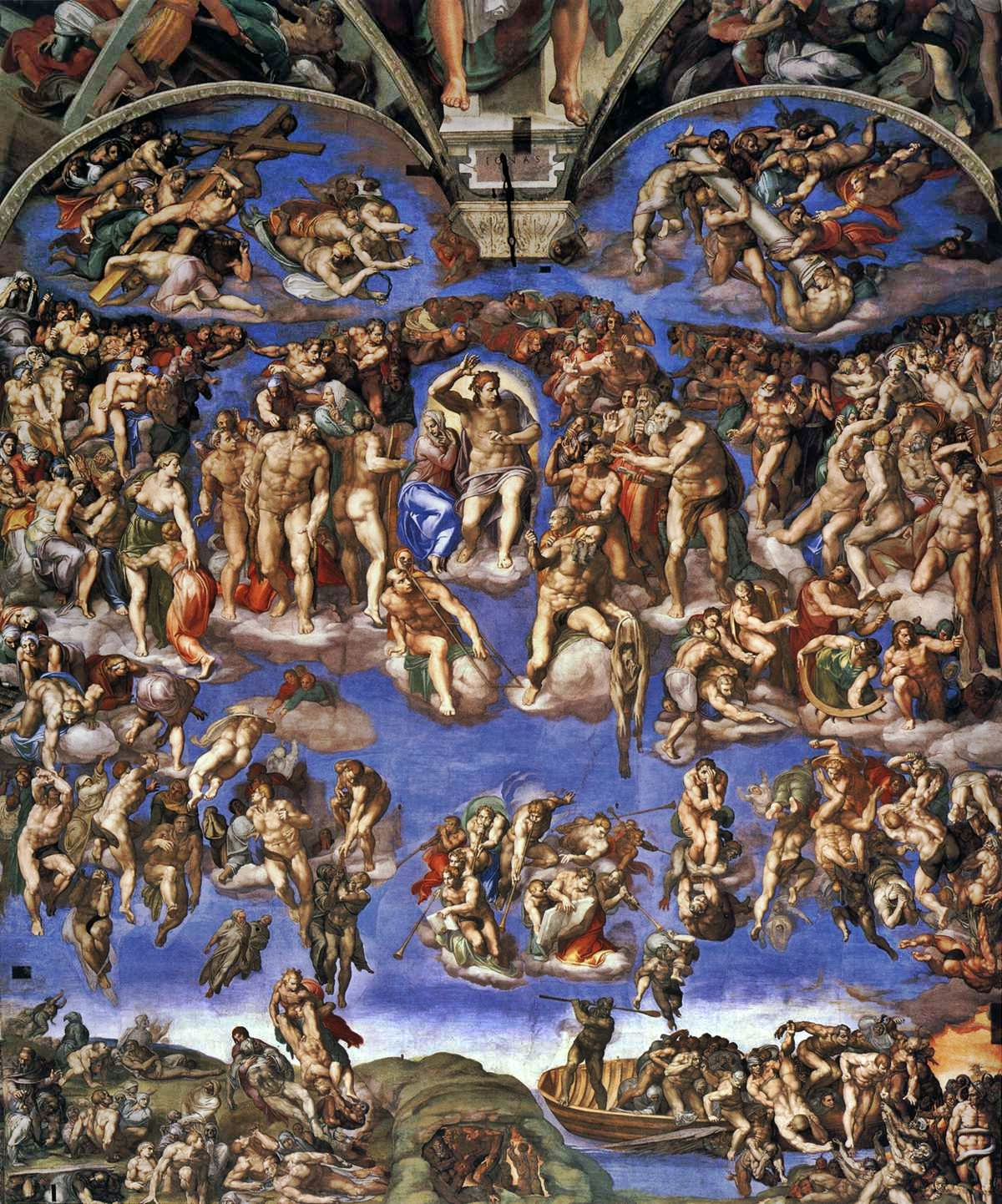
3- Raphael
He was born in an artistic environment, which allowed him to be taught at a young age by a number of artists. He then moved to Florence, influencing the most important symbols such as Da Vinci and Michelangelo. He is one of the greatest and most influential Italian Renaissance painters.
His style was characterized by tenderness, depth and beauty, and his attention to reflecting the feelings of each character in his paintings, along with his sensitivity in simulating landscapes, architecture, and color selection, and combining the accuracy of execution and the harmony of lines .
Raphael was a prolific artist, and despite his early death at thirty-seven, he left us with a large collection of artworks attesting to his genius.
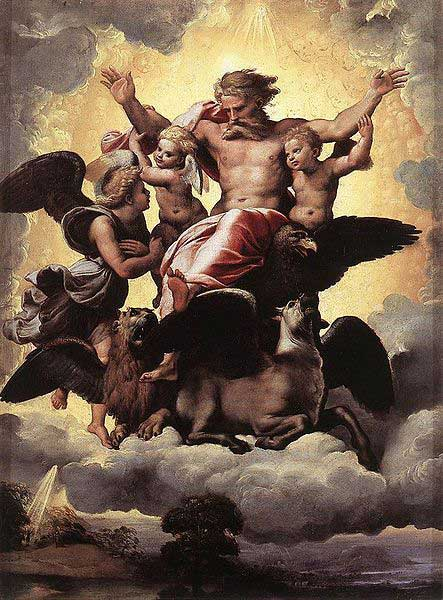
Thanks for reading!
Stay with us.
- Utopia Educators. Do subscribe to stay updated. Thanks
Sources:
1-https://www.britannica.com/place/Florence
